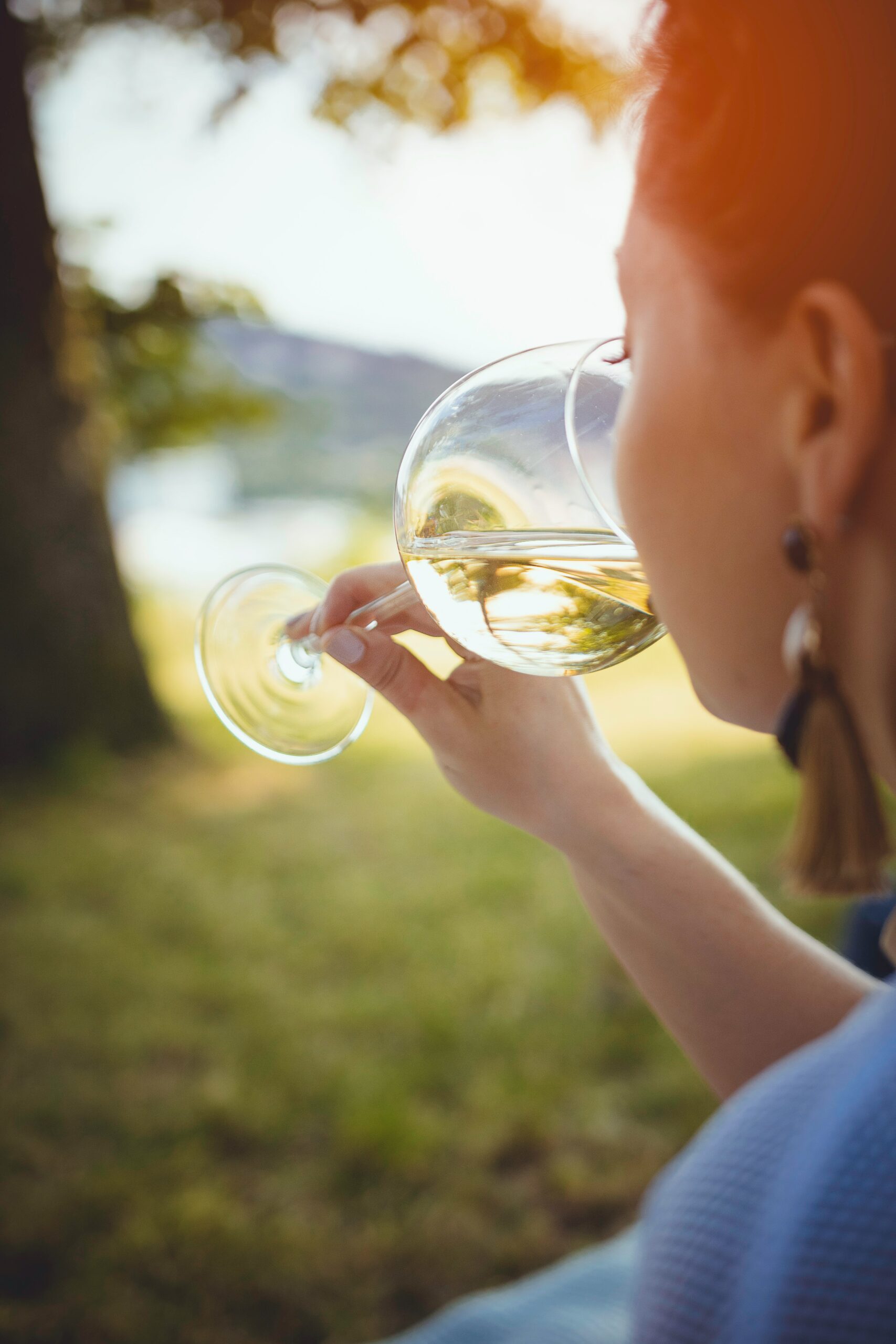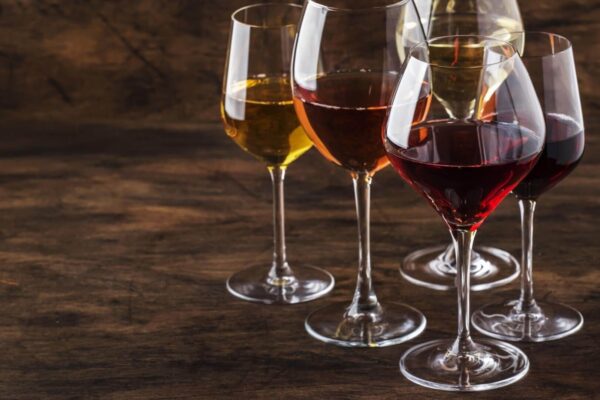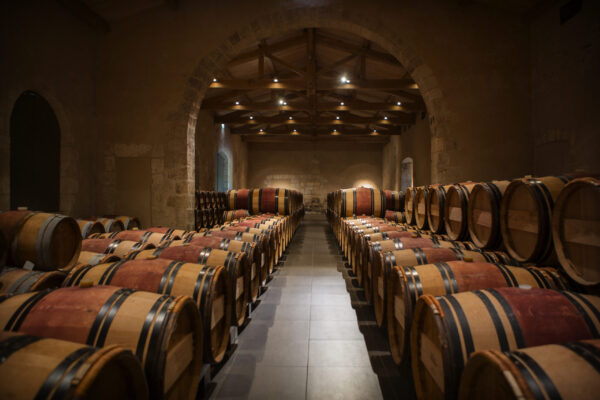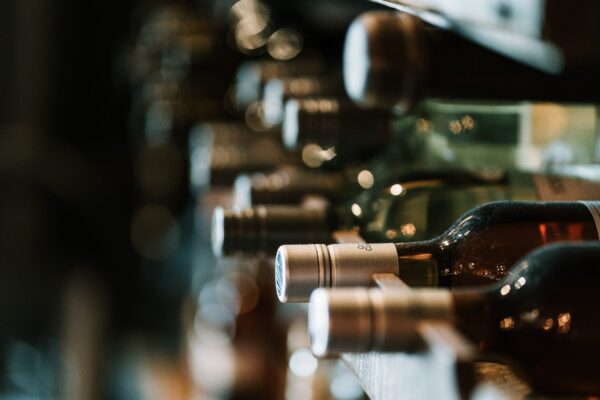No nothing about the art of wine tasting ? Learn the different aspects of tasting, step by step. How do you taste wine ? What steps are involved? How do draw information from the wine you are tasting ? Here you can find out, all while drinking responsibly of course !
Observation
First and foremost, wine is a special drink that is the result of Man’s work over a year or two. Wine tells a story. Behind a wine is a person and a lifetime of dedication, which are captured and retold.
The first stage of tasting involves observation. First, look at the colour of the wine – it holds the first clues to its development, age and grape varieties. For white wines, the younger the wine, the paler its colour. Inversely, the older it is, the more golden it will be. For red wines, the colour is an indication of the grape varieties used. Different varieties give wines with different hues. Pinot Noir, for example, will often be ruby red, while Syrah-based wines will be more purple. You can therefore discover the origin of a wine simply from its colour!
Then behind this colour, further information remains to be discovered: Where does it come from? What does it taste like? Who produced it? Does it need decanting? All of these questions will help you to understand how different wines all are.
Studying the “nose”
Thanks to these different aromas, you will be able to tell how evolved the wine is. How long can it be kept? Will it be alright to drink tomorrow? Does it need decanting? Aromas can also be varietal in nature, or in other words linked to the grape varieties used. Chardonnay, Sauvignon, Chenin, Pinot… Each variety has its distinctive notes: apricot for Viognier, violet for Syrah and so on.

The palate
Now for the final stage of tasting – the palate. Once in the mouth, the wine reveals its secrets. This is when you find out whether a wine is dry or more on the sweet side. For a white wine, acidity is often considered to be the backbone. This backbone is essential to keep white wine lively and a perfect balance of acidity is therefore key.
As for red wines, the backbone has to do with their tannins. Again, tannins must be kept in balance. They need to be in proportion with the wine’s body or fruit. A light-bodied wine with high tannins is likely to be harsh. Inversely, an extremely fruity wine with no structure will be “flabby”.
So, in just a few minutes, you can draw a great deal of information from the wine about its origin, age, grape varieties and so on. The goal, above all, is to enjoy the experience, to put your impression into words and ultimately write a tasting note. The more you taste wine, the easier this exercise will become.
Finalement, en quelques minutes, vous pouvez découvrir de nombreuses informations sur un vin, son origine, sa maturité, son encépagement… L’objectif, est avant tout de vous faire plaisir, d’exprimer et de donner votre ressentie et puis enfin, d’oser l’écrire. Plus vous dégusterez des vins, plus cet exercice sera facile.
Learn more
Now that you are an ace at tasting, find out how to enjoy a wine in the best possible conditions. Aeration and temperature: why are these two aspects so important and how can you ensure that you get them right? Read our article here >> https://www.d-vine.pro/limportance-des-conditions-de-service-1-2-laeration/


